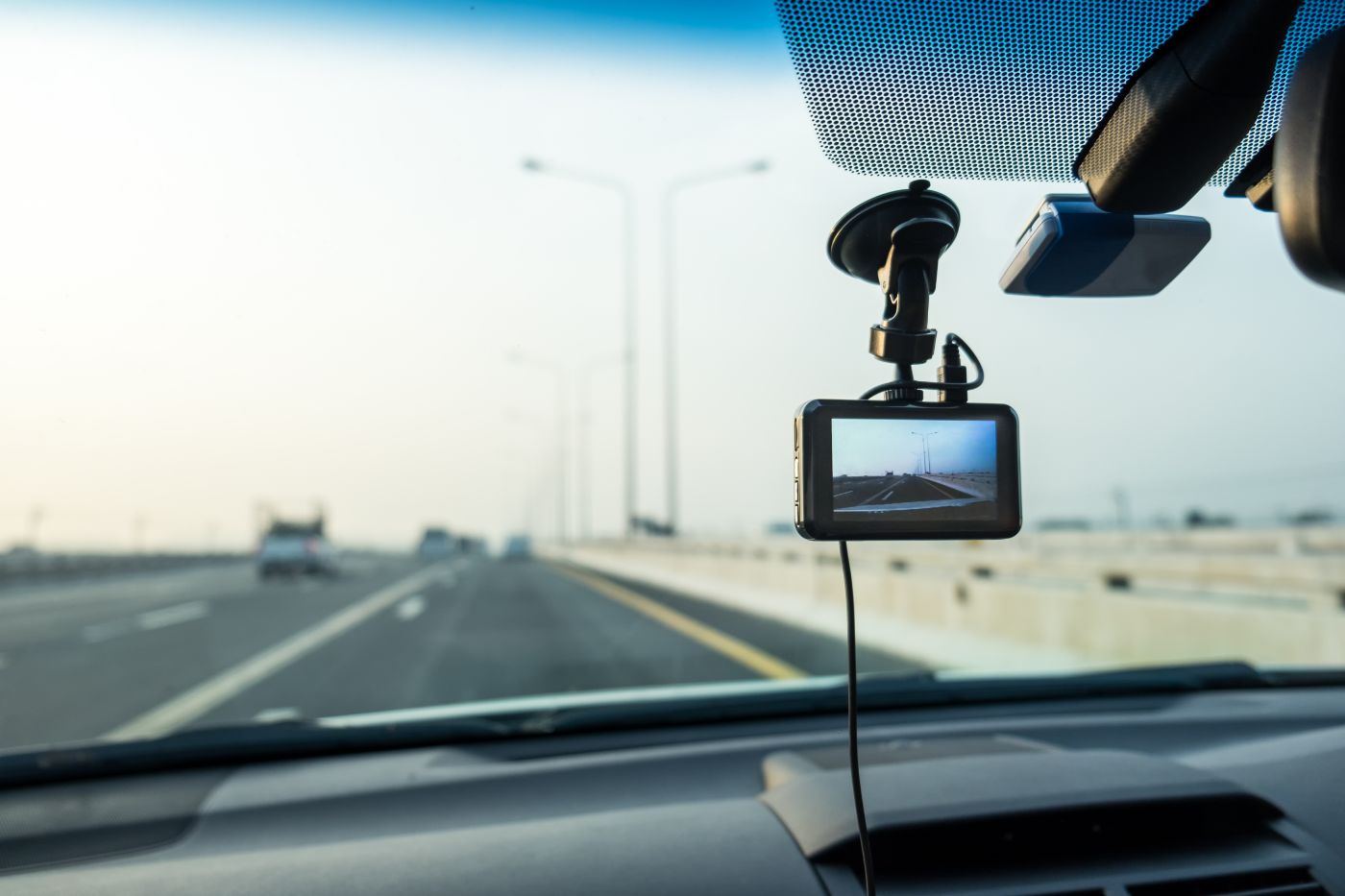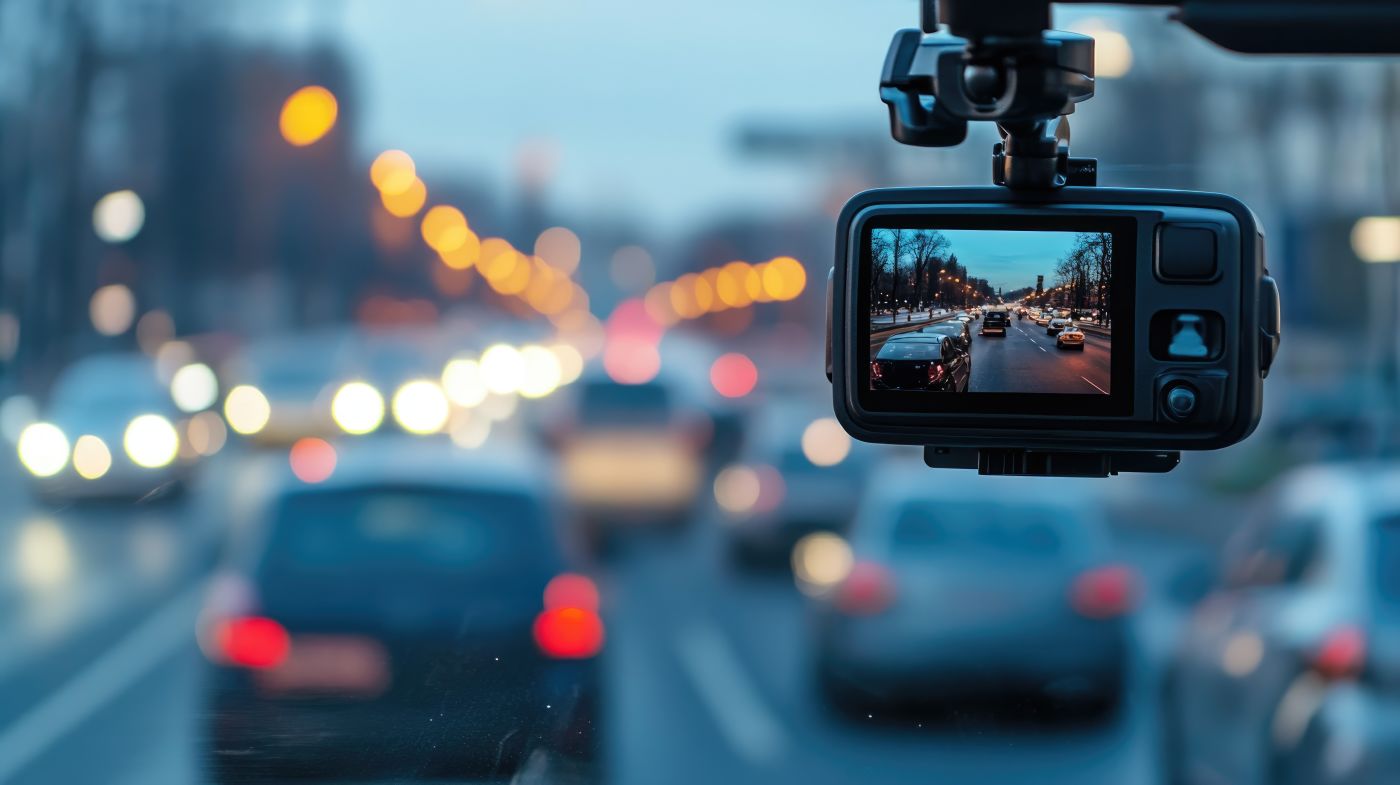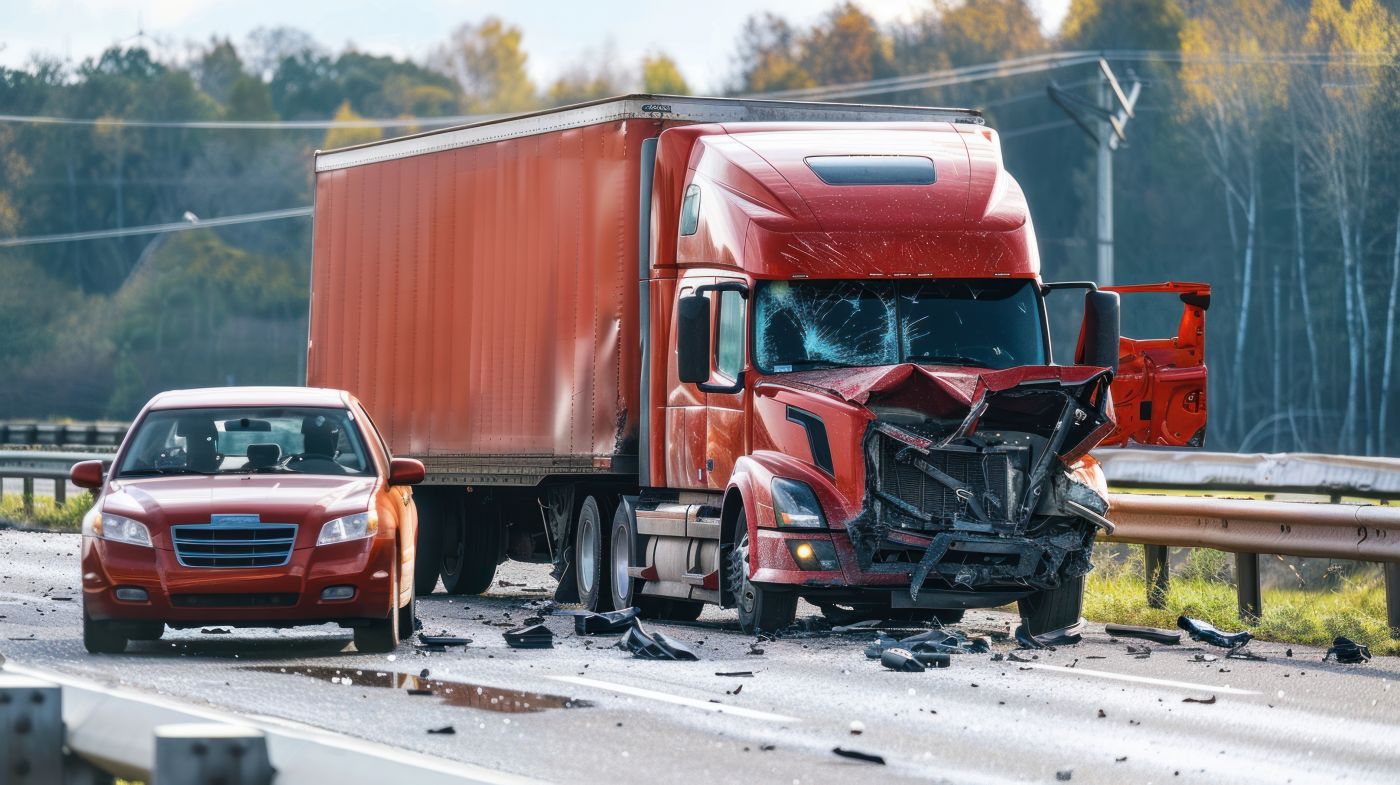
Automobile accidents can turn a quiet Kansas afternoon into months of medical visits, calls, and legal questions. When a camera’s lens captures the exact moment of impact during automobile accidents, it often removes any doubt about what truly happened on the road.
At Harris & Hart Attorneys at Law, based in Overland Park, Kansas, we help drivers make sense of the chaos by using every available piece of evidence, especially dashcam footage, to strengthen a motor vehicle accident claim.
Why Dashcam Footage Matters After an Automobile Accident
Video from a dash‑mounted camera delivers a front‑row view of the crash, the traffic signal, and the actions of every driver involved. Because the recording starts before anyone realizes a collision is coming, it provides a candid look that eyewitnesses may struggle to recall under stress.
That objectivity can sway juries, helping injured motorists secure fair compensation without prolonged disputes. As Kansas follows modified comparative fault rules, clear footage can be the difference between full recovery and a reduced award.
How Dashcam Footage Establishes Fault
A single video clip often answers several liability questions at once. When the footage shows one vehicle drifting across the center line or running a red light, arguments over responsibility fade quickly. Dashcams also capture environmental details—slick pavement, low visibility, or debris—that explain why a driver reacted a certain way.
Clear timeline: The recording creates an unbroken sequence leading up to impact, making it harder for anyone to alter facts later.
Objective perspective: Unlike human witnesses, the camera never gets distracted or forgets crucial details.
Traffic signal evidence: If the light was green for you and red for the other driver, the footage proves it without guesswork.
Driver behavior: Speeding, texting, or sudden lane changes show up clearly, reinforcing claims of negligent conduct.
Because liability decisions hinge on evidence, each of these points gives your lawyer solid ground to protect you.
Preserving Dashcam Footage Correctly
Dashcams often loop over old data every few days. Pull the memory card as soon as possible and store the file on multiple devices. Backups guard against accidental deletion, corrupted files, or hardware failure. Chain‑of‑custody records—who handled the video, when, and why—also protect its credibility.
Whenever possible, save a copy of the raw file that includes the original timestamp and any embedded GPS data. Lock the card or switch the camera to read‑only mode so later drives don’t overwrite the clip. Keeping the metadata intact helps your lawyer authenticate the recording quickly and sidesteps objections from others who might claim the file was altered.
Overcoming Common Challenges With Dashcam Footage
Even compelling video can face hurdles. Lighting glare, camera angles, or partial obstructions may leave key moments unclear.
A skilled auto accident lawyer counters by enhancing frames, slowing the clip for clarity, or pairing the footage with witness statements and accident reconstruction reports. When gaps remain, the visual record still provides a valuable anchor around which additional evidence can be arranged.
Steps To Take When You Have Dashcam Footage
These five actions help protect both the recording and your legal rights:
Secure the video immediately: Copy the file to a secure drive, cloud storage, and a thumb drive to prevent accidental loss.
Document the chain of custody: Keep a brief log noting each person who handles the footage and the date, maintaining authenticity.
Share only with trusted parties: Provide the clip to your lawyer first; avoid posting it online where comments can complicate the claim.
Request traffic camera data: Your lawyer can pair dashcam footage with municipal recordings for a fuller picture of the crash.
Follow medical advice promptly: Timely treatment links your injuries to the collision, reinforcing what the video already shows.
By treating the recording like any other critical piece of evidence, you boost its power in settlement talks or court proceedings.
Additional Evidence That Complements Dashcam Footage
Video rarely stands alone. Medical records, police reports, and vehicle damage photos fill in the human and mechanical details that a camera can’t capture during automobile accidents. When combined, these elements create a multi‑layered narrative that’s hard to dismiss.
Medical documentation: Emergency room notes and diagnostic scans tie physical harm directly to the events on video.
Vehicle inspection reports: Detailed repair estimates show the force of impact and support claims of severe injury.
Witness statements: Independent accounts line up with the footage, adding credibility and emotional weight.
Together, these items weave a cohesive story that highlights negligence and underscores the need for full compensation.
Legal Admissibility Of Dashcam Evidence In Kansas
Kansas courts treat dashcam video as electronic evidence, so the recording must be authenticated before a judge will let a jury watch it. A lawyer typically verifies the device’s model and reliability, then introduces the original file with its embedded timestamp and GPS data.
When automobile accidents appear clearly on an unedited clip, judges often agree that the footage “speaks for itself”.
Civil claims use a preponderance‑of‑the‑evidence standard, while criminal prosecutions require proof beyond a reasonable doubt, yet the basic foundation for video is the same. Your lawyer links the file to the vehicle, documents the chain of custody, and calls a witness—often the driver—to confirm the camera was operating properly.
Privacy Considerations When Using Dashcams
Dashcams record more than traffic—they capture faces, conversations, and private property that appear in the frame. Kansas law generally permits video on public roads, yet audio triggers separate consent rules, and crossing state lines can change everything.
Knowing the limits helps you keep footage admissible while steering clear of unexpected privacy claims.
Consent for audio recording: Kansas follows a one‑party consent rule, but other states may require all voices to agree before you hit “record.”
Public versus private spaces: Filming streets is lawful, though aiming a lens into homes or yards can violate a reasonable expectation of privacy.
Data retention practices: Store clips only as long as needed for a claim, then delete or overwrite older files to reduce the risk of misuse.
Responsible sharing: Blur faces and plates before posting online, and give your lawyer the unedited version so the full context remains intact.
Respecting these boundaries protects both your claim and the rights of everyone caught on camera. By handling footage carefully, you avoid legal setbacks and keep the focus where it belongs—on proving what really happened during the crash.
Selecting The Right Dashcam For Evidence Quality
Clarity starts with resolution, so pick a unit that records at least 1080p and handles low‑light scenes without grain. Dual‑lens or 360‑degree models capture both the road and the cabin, giving extra context if driver behavior becomes an issue. Reliable storage prevents critical moments from being overwritten before you can save them.
Look for features that protect the file once a collision occurs, such as G‑sensor incident locking and automatic timestamping with GPS data. A wide field of view, ideally around 140 degrees, avoids edge distortion while covering multiple lanes. Finally, choose a model with a discreet form factor and straightforward controls so you’ll keep it running every time you hit the road.
Contact Us Today
Dashcam footage can transform automobile accidents from “he said, she said” disputes into clear cases of liability. Our auto accident attorneys at Harris & Hart Attorneys at Law use that clarity to help injured drivers across Kansas, including Overland Park, Kansas, and nearby areas. Reach out now so our firm can secure your video evidence, build a strong claim, and help reach a fair resolution.



